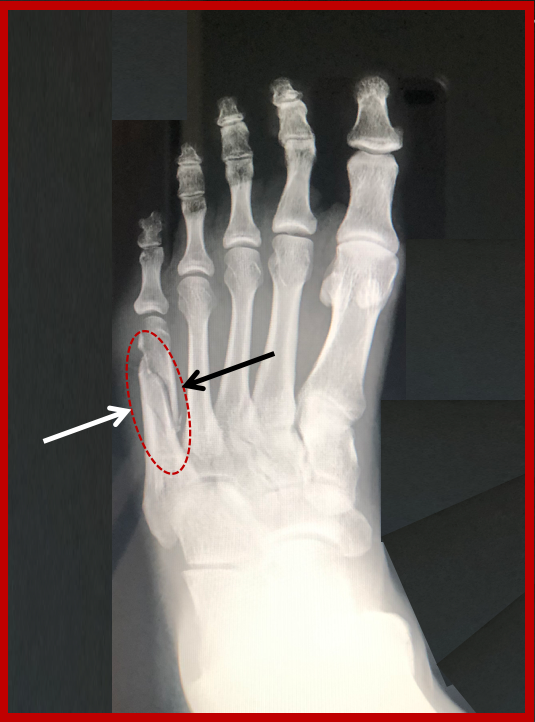

We can provide you with a specialist diabetic boot if required.įootwear for your uninjured foot: We would recommend choosing a supportive shoe or trainer with a firm sole for your uninjured foot. This is particularly important if you have problems with your skin. Stopping smoking during the healing phase of your fracture will help ensure optimal recovery from this injury.įor advice on smoking cessation and local support available, please refer to the following website: or discuss this with your GP.ĭiabetic patients: If you are diabetic please contact us to discuss your boot. It is important that you consider this information with relation to your recent injury. In extreme cases it can stop healing altogether. Medical evidence suggests that smoking prolongs fracture healing time. Try to walk as normally as possible as this will help with your recovery. These exercises will help the healing process.Įarly weight bearing (putting weight through your injured foot) helps increase the speed of healing. This will ensure your ankle and foot do not become too stiff. Follow the exercises below without causing too much pain. You can use pillows or a stool to keep your foot upĮarly movement and exercise: Early movement of the ankle and foot is important to promote circulation and reduce the risk of developing a DVT (blood clot). Raise your ankle above the level of your hips to reduce swelling. Rest and Elevation: Try to rest the foot for the first 24-72 hours to allow the early stage of healing to begin. Apply this to the sore area for up to 15 minutes, every few hours ensuring the ice is never in direct contact with the skin. If you are still experiencing significant pain and swelling then please contact the Fracture Care Team for advice.Ĭold packs: A cold pack (ice pack or frozen peas wrapped in a damp towel) can provide short term pain relief. X Heavy tasks or long walks may still cause some discomfort and swelling. You can begin to resume normal, day-to-day activities but be guided by any pain you experience. You may have mild symptoms for 3-6 months. You may want to wear the boot if you go on a longer walk.Ĭontinue your exercises to regain the flexibility of your foot. Start around your house first, then try outside. X Try to stop using the boot and to walk without crutches. Start your exercises straight away to maintain and improve your movement. It is ok to take the boot off at night and when resting at home and to wash. If supplied, wear the boot for comfort and use crutches when walking. Or, if you are experiencing pain or symptoms, other than at the site of the original injury or surrounding area, please get in touch using the telephone or e-mail details at the top of this letter. If you are worried that you are unable to follow this rehabilitation plan, or have any questions, then please phone the Fracture Care Team for advice. Please do not hesitate to contact us for a further consultation. Still experiencing significant pain and swelling or We do not routinely follow up patients with this type of injury. The boot you have been given is for your comfort only and is not needed to aid fracture healing but will help to settle your symptoms. You may walk on the foot as comfort allows but you may find it easier to walk on your heel in the early stages. The swelling is often worse at the end of the day and elevating your foot will help. This injury normally takes 6 weeks to heal. Use the video or information below to gain a better understanding of your injury and what can be done to maximise your recovery.

This information will guide you through the next 6 weeks of your rehabilitation.


 0 kommentar(er)
0 kommentar(er)
